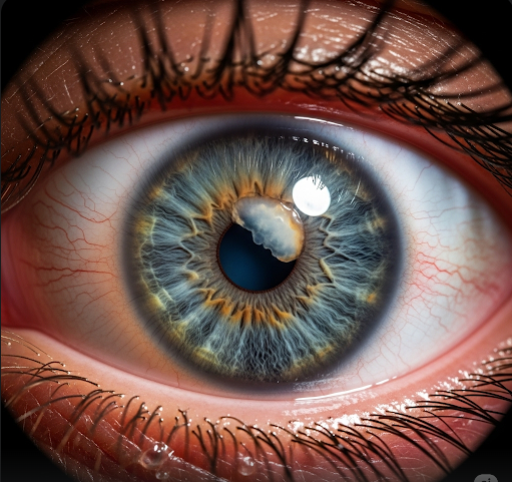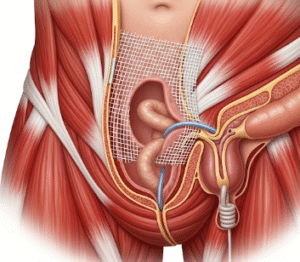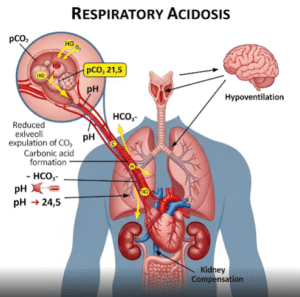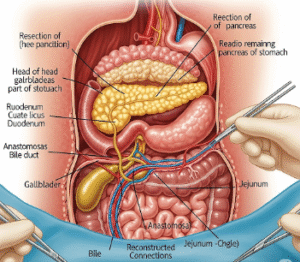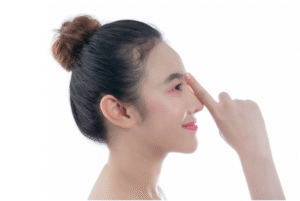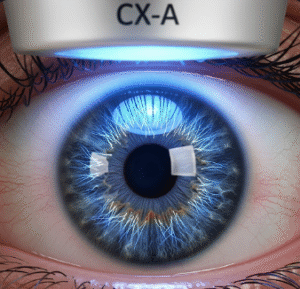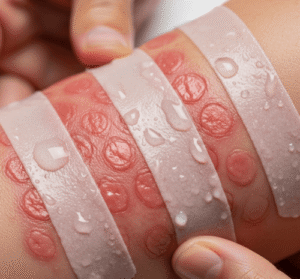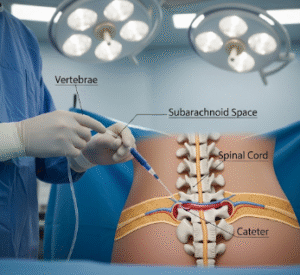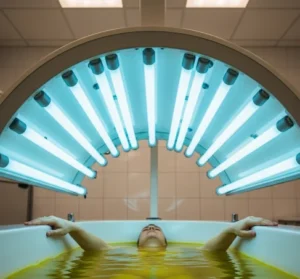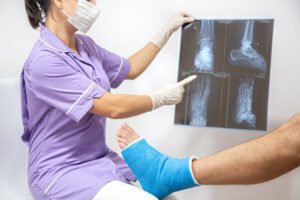Overview
Keratitis is an inflammation of the cornea, the clear, dome-shaped surface that covers the front of the eye. It can range from mild irritation to severe infections that threaten vision. Prompt diagnosis and treatment are crucial to prevent complications such as corneal scarring or vision loss. Korea’s advanced ophthalmology centers offer comprehensive care with state-of-the-art diagnostic tools and effective medical and surgical treatments for keratitis.
What Is Keratitis?
Keratitis refers to inflammation or infection of the cornea caused by various factors, including bacteria, viruses, fungi, parasites, or physical and chemical trauma. It can be classified as infectious or non-infectious, with infectious keratitis being the most common and potentially sight-threatening type. Symptoms usually develop rapidly and may involve pain, redness, and vision changes.
Symptoms
- Eye redness and irritation
- Eye pain or discomfort
- Excessive tearing or discharge
- Blurred or decreased vision
- Sensitivity to light (photophobia)
- Feeling of a foreign body or grittiness in the eye
- Swelling of the eyelids in some cases
Causes
- Infectious: Bacterial (e.g., Staphylococcus, Pseudomonas), viral (e.g., herpes simplex virus), fungal (e.g., Fusarium), parasitic (e.g., Acanthamoeba) infections
- Non-infectious: Eye injuries, prolonged contact lens use, exposure to UV light, dry eyes, or autoimmune diseases affecting the cornea
Risk Factors
- Contact lens wear, especially improper use or poor hygiene
- Eye trauma or foreign body exposure
- Recent eye surgery or eye surface disease
- Immunosuppression or systemic illness
- Exposure to contaminated water or environments
- Poor eyelid closure or dry eye syndrome
Complications
- Corneal ulcers leading to scarring
- Permanent vision loss or blindness if untreated
- Secondary infections spreading deeper into the eye
- Corneal perforation requiring urgent surgical intervention
Prevention
- Proper contact lens hygiene and avoiding overnight wear unless prescribed
- Protecting eyes from trauma and irritants
- Prompt treatment of eye injuries and infections
- Avoiding contaminated water exposure, especially when wearing contacts
- Regular eye check-ups, especially for those with risk factors
Treatment Options in Korea
- Antimicrobial Therapy: Targeted antibiotics, antivirals, antifungals, or antiparasitic medications based on the cause of infection.
- Anti-inflammatory Medications: Steroid eye drops used cautiously to reduce inflammation after infection control.
- Lubricating Eye Drops: To soothe irritation and promote healing.
- Advanced Diagnostics: Corneal cultures, PCR testing, and imaging to accurately identify pathogens.
- Surgical Treatments: For severe cases, procedures like corneal debridement or corneal transplant may be performed.
- Specialized Contact Lens Fitting: Therapeutic lenses to protect the cornea during healing.
Korea’s eye hospitals offer multidisciplinary teams with ophthalmologists skilled in the latest diagnostic and treatment technologies ensuring optimal outcomes for keratitis patients.

